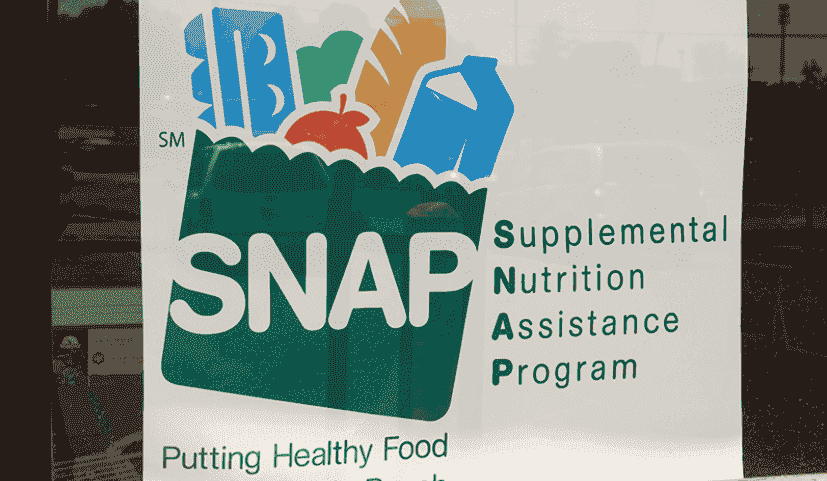
Supplemental Nutrition Assistant Program (SNAP) benefits, formerly known as food stamps, must meet certain requirements.
You must satisfy certain eligibility standards, including a minimum income level. The program imposes monthly constraints on both gross and net income, broken down by household size.
SNAP Benefits 2023
To achieve net monthly income eligibility requirements, your income must not exceed the federal poverty line. For gross monthly income qualifying requirements, your income cannot exceed 130 percent of the poverty line. On October 1, 2022, the highest income levels for the fiscal year 2023 went into effect.
SNAP is a federal program that assists low-income households in purchasing food. Despite being a division of the United States Department of Agriculture, the program is administered at the state level. Instead of tangible food stamps, recipients are now provided Electronic Benefits Transfer (EBT) cards to pay for groceries.
The 48 states will get higher Supplemental Nutrition Assistance Program (SNAP) funds.
The USDA announced in an August memorandum that the maximum SNAP allotments for the lower 48 states, the District of Columbia, Hawaii, Guam, the U.S. Virgin Islands, and Alaska will increase. The maximum benefit for a family of four in the 48 states and the District of Columbia is $939.
Maximum allocations for a family of four will increase to between $1,172 and $1,819 in Alaska, $1,794 in Hawaii, $1,385 in Guam, and $1,208 in the U.S. Virgin Islands. The minimum benefit will increase to $23 in the lower 48 states and the District of Columbia, as well as in Alaska, Guam, Hawaii, and the U.S. Virgin Islands.
Here are the net monthly income standards for the fiscal year 2023, which represent the maximum monthly income for SNAP eligibility:
| Household Size | 48 Contiguous States, DC, Guam, Virgin
Islands |
Alaska | Hawaii |
| 1 | $1,133 | $1,416 | $1,303 |
| 2 | $1,526 | $1,908 | $1,755 |
| 3 | $1,920 | $2,400 | $2,208 |
| 4 | $2,313 | $2,891 | $2,660 |
| 5 | $2,706 | $3,383 | $3,113 |
| 6 | $3,100 | $3,875 | $3,565 |
| 7 | $3,493 | $4,366 | $4,018 |
| 8 | $3,886 | $4,858 | $4,470 |
| Each additional member | $394 | $492 | $453 |
Read more: Social Security payments: Who is receiving check for up to $1,827 today?
Monthly Payments

On February 10, current SNAP households will get emergency rations. Emergency allotments will be distributed on February 27 or March 1 to homes that did not get benefits during the initial monthly distribution.
Determine your monthly SNAP benefit amount. Knowing your regular SNAP benefit can help you manage your finances. You can view the number of your regular benefits by signing into your EBT account at www.ebtEDGE.com or your ONE account at Benefits.oregon.gov.
SNAP-related inquiries can also be sent to the ONE Customer Service Center at 1-800-699-9090. Monday through Friday, from 7:00 am to 6:00 pm Pacific Time, the ONE Customer Service Center is open.
EBT cards are credited with SNAP payments between the first and ninth of each month.
Inform ODHS if your earnings have fallen. A drop in income may increase your eligibility for SNAP benefits.
Inform ODHS if there are more persons living in your home. Your SNAP food payments may increase as the number of persons in your home increases.
Read more: eBay will layoff 500 workers; Those affected will be notified within 24 hours

